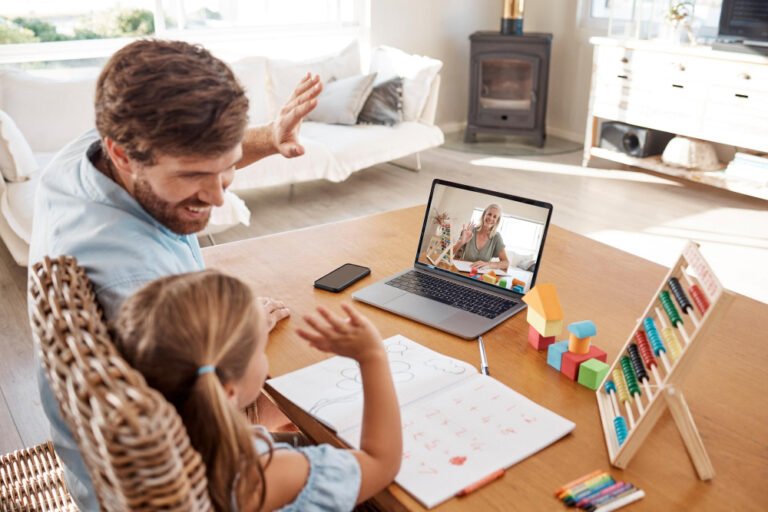Choosing the right musical instruments by age helps children build confidence, creativity, and emotional balance. From soft rattles to real guitars, music becomes more than play — it becomes part of how they express and understand the world.
🌟 Start here: [Baby Maraca and Bell Set – Amazon | Sensory Musical Plush Toy – Amazon]
These early-age tools are soft, safe, and perfect for hands just beginning to explore.
Ages 0–3: Exploring Sound and Feeling Safe
For infants and toddlers, musical instruments should offer gentle stimulation. The focus is on sensory exploration and emotional bonding with parents or caregivers.
Key goals:
- Sensory development (touch, hearing, movement)
- Emotional comfort through soft sounds
- Building trust through shared musical moments
Best Instrument Types:
- Soft rattles with chimes
- Handheld bells
- Musical plush toys with gentle sound activation
Recommended:
- [Wooden Baby Maracas – Amazon]
- [Crib-Attachable Musical Mobile – Amazon]
- [Textured Sound Balls – Amazon]
Ages 4–6: Expressing Joy and Building Rhythm
In preschool and early school years, children love movement and repetition. Musical instruments at this age should invite rhythm, coordination, and joyful self-expression.
Key goals:
- Developing motor skills and rhythm awareness
- Encouraging imagination through pretend concerts
- Making music a fun part of daily routines
Best Instrument Types:
- Tambourines and hand drums
- Xylophones with color-coded keys
- Rhythm sticks and castanets
Recommended:
- [Colorful Kids’ Xylophone with Mallet – Amazon]
- [Beginner Percussion Set – Amazon]
- [Animal Drum Set for Toddlers – Amazon]
More: How to Choose the Perfect Gifts for Boys: A Parent’s Guide
Ages 7–10: Learning Melodies and Confidence
Ages 7–10: Learning Melodies and Confidence
This is the perfect age to introduce real musical instruments built for beginners. Children start recognizing pitch, memorizing tunes, and following structured patterns.
Key goals:
- Learning basic melodies and chords
- Building confidence through musical mastery
- Practicing focus and coordination
Best Instrument Types:
- Ukuleles
- Keyboards with light-up keys
- Glockenspiels or recorder flutes
Recommended:
- [Beginner Ukulele Kit for Kids – Amazon]
- [Light-Up Keyboard with Learning App – Amazon]
- [Melodic Glockenspiel Set – Amazon]
Ages 11+: Refining Talent and Self-Expression
Ages 11+: Refining Talent and Self-Expression
Older children may start identifying with specific musical instruments or genres. Now is the time for real musical growth, self-expression, and even songwriting or performance.
Key goals:
- Deepening emotional connection to music
- Mastering real instruments with commitment
- Exploring songwriting and identity
Best Instrument Types:
- Acoustic or electric guitar
- Digital piano or portable keyboard
- Music recording kits and USB microphones
Recommended:
- [Acoustic Guitar Starter Pack – Amazon]
- [Portable Digital Piano 88 Keys – Amazon]
- [Teen Podcast & Music Recording Kit – Amazon]
How to Choose the Right Musical Instruments for Your Child
Ask yourself:
- Is it safe and age-appropriate? Soft edges, comfortable weight, and easy handling are key.
- Does it invite play or pressure? The best musical instruments are fun first and technical later.
- Can you enjoy it together? Bonding through music builds emotional connection.
- Is it built to grow with them? Some instruments offer levels of learning that adapt with your child.
A Soundtrack to Childhood
From gentle rattles to power chords, musical instruments by age can shape how your child feels, grows, and connects. These instruments aren’t just toys — they’re tools for joyful learning and emotional growth.
Let music become a companion in their development, and you’ll give them more than sound. You’ll give them a lifelong gift of self-expression, resilience, and wonder.
🌟 Looking for more musical gift ideas? Explore our Education section for age-based tips and product reviews.





One Response